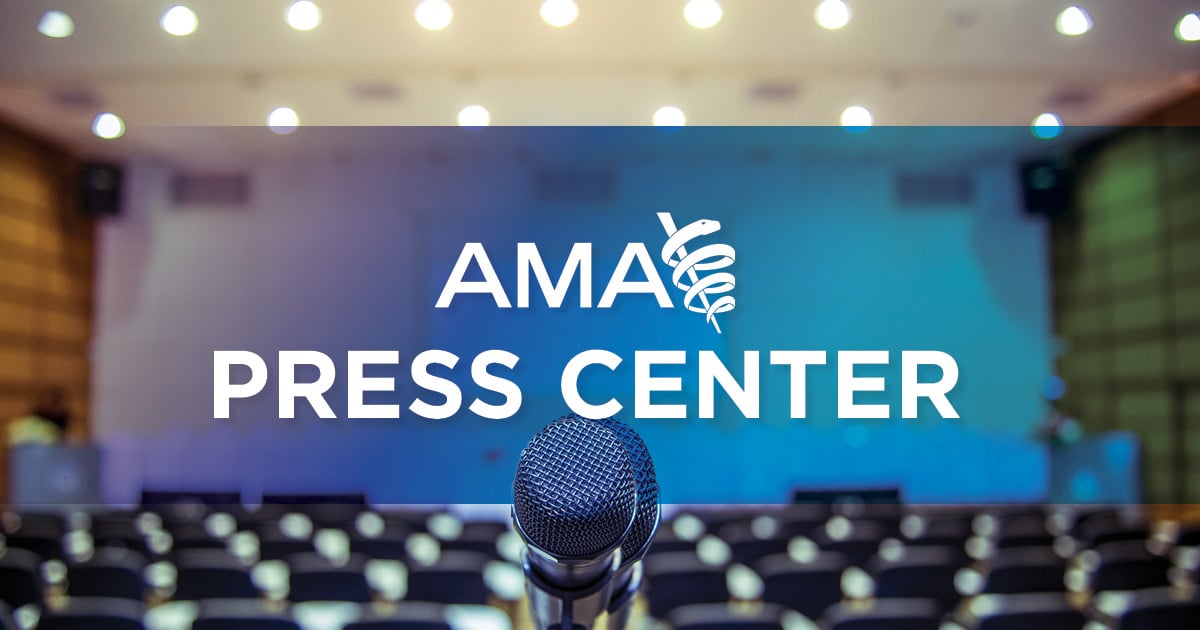Here's another example of why your insurance premiums are through the roof.
I have a fistula (opening between multiple body layers) in an area previously affected by surgery and radiation. My multiple body layers are skin, throat, and everything in between. I leak onto my neck when I eat or drink. This is "not uncommon" following my procedure, but it happening 9 years later isn't expected. In areas affected by radiation, there is typically an inadequate blood supply resulting in loss of tissue viability, particularly in areas of surgical scars.
Here's what the medical community wants to do:
Surgery to insert a feeding tube - est. cost $4,000. I've previously had this done twice and I have a 50% survival rate with this surgery. 4 days in ICU and another week and a half in the hospital could happen again and run the cost through the roof.
A minimum of 3 months of food for the feeding tube. This was $2,000 a month 9 years ago, so I'll use that number - est. cost $6,000
A series of typically around 30 treatments in a hyperbaric chamber (over a period of about 3 months) at a total cost of about $10,000.
Regular visits to a doctor to examine the wound, dress it and bandage it. - est. cost.$1,000. So we're at $20,000 and change to get the expected result of "it may or may not heal".
About that food. I can use the generic version of Ensure and cut that cost down to just over $200 a month, but insurance won't cover that. With a 20% copay, that's still a savings of $200 a month, but I have to ignore what the doctor prescribes to save that money. Nutritional values are the same. The difference is that Ensure has flavorings. An even more economical approach is just run normal meals through a blender. Both Ensure and pureed "meals" work with a feeding tube.
About those hyperbaric treatments. A good friend of mine had breast reduction surgery AFTER radiation for breast cancer (that's an incredibly risky procedure in a radiated area). She's been through two series of hyperbaric treatments with no noticeable results. She still has a hole in her chest. (She's also an RN, so I suspect she's getting a level of care that "normal" people might not expect.) If the first series of treatments doesn't work, they just order another, and another, and another. Insurance just keeps paying.
There is an alternative called "do nothing".
With this method you personally inspect the wound, clean it several times a day, dress it with anti-bacterials, and change bandages.
Expected results: It may or may not heal. EXACTLY the same result as going through surgery and spending an hour and a half in a hyperbaric chamber 30 times over a period of 3 months.
A very large number of people have survived for decades with holes in their throats. One example we're all familiar with is Stephen Hawking. The hole in his neck had nothing to do with his demise.
If a doctor recommends taking care of the wound and seeing what it will do on its own over a period of a few months, it cuts into their billings and profit-sharing. There are some inherent problems with for-profit medical care. It makes the medical community less inclined to pursue strategies that minimize billings.
I have a fistula (opening between multiple body layers) in an area previously affected by surgery and radiation. My multiple body layers are skin, throat, and everything in between. I leak onto my neck when I eat or drink. This is "not uncommon" following my procedure, but it happening 9 years later isn't expected. In areas affected by radiation, there is typically an inadequate blood supply resulting in loss of tissue viability, particularly in areas of surgical scars.
Here's what the medical community wants to do:
Surgery to insert a feeding tube - est. cost $4,000. I've previously had this done twice and I have a 50% survival rate with this surgery. 4 days in ICU and another week and a half in the hospital could happen again and run the cost through the roof.
A minimum of 3 months of food for the feeding tube. This was $2,000 a month 9 years ago, so I'll use that number - est. cost $6,000
A series of typically around 30 treatments in a hyperbaric chamber (over a period of about 3 months) at a total cost of about $10,000.
Regular visits to a doctor to examine the wound, dress it and bandage it. - est. cost.$1,000. So we're at $20,000 and change to get the expected result of "it may or may not heal".
About that food. I can use the generic version of Ensure and cut that cost down to just over $200 a month, but insurance won't cover that. With a 20% copay, that's still a savings of $200 a month, but I have to ignore what the doctor prescribes to save that money. Nutritional values are the same. The difference is that Ensure has flavorings. An even more economical approach is just run normal meals through a blender. Both Ensure and pureed "meals" work with a feeding tube.
About those hyperbaric treatments. A good friend of mine had breast reduction surgery AFTER radiation for breast cancer (that's an incredibly risky procedure in a radiated area). She's been through two series of hyperbaric treatments with no noticeable results. She still has a hole in her chest. (She's also an RN, so I suspect she's getting a level of care that "normal" people might not expect.) If the first series of treatments doesn't work, they just order another, and another, and another. Insurance just keeps paying.
There is an alternative called "do nothing".
With this method you personally inspect the wound, clean it several times a day, dress it with anti-bacterials, and change bandages.
Expected results: It may or may not heal. EXACTLY the same result as going through surgery and spending an hour and a half in a hyperbaric chamber 30 times over a period of 3 months.
A very large number of people have survived for decades with holes in their throats. One example we're all familiar with is Stephen Hawking. The hole in his neck had nothing to do with his demise.
If a doctor recommends taking care of the wound and seeing what it will do on its own over a period of a few months, it cuts into their billings and profit-sharing. There are some inherent problems with for-profit medical care. It makes the medical community less inclined to pursue strategies that minimize billings.



Comment